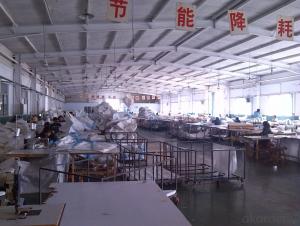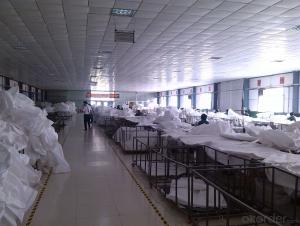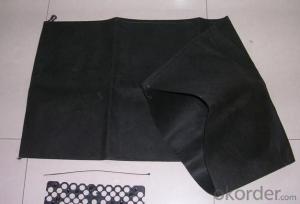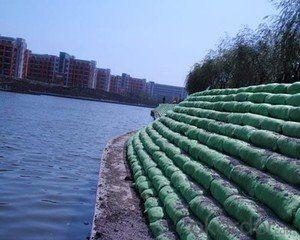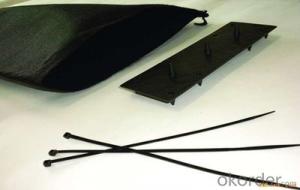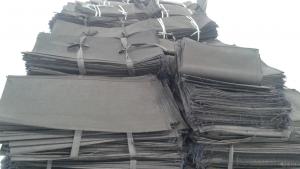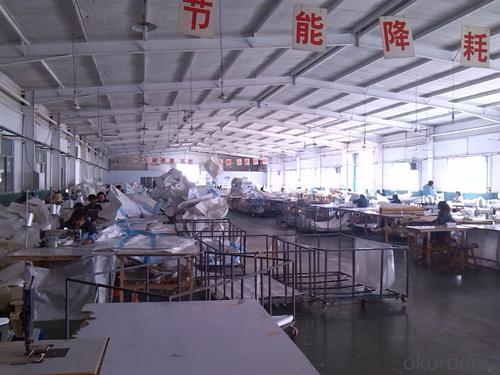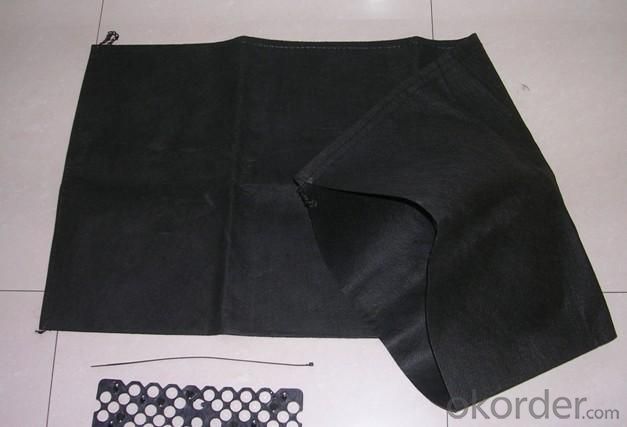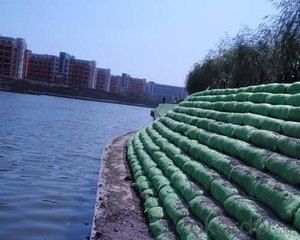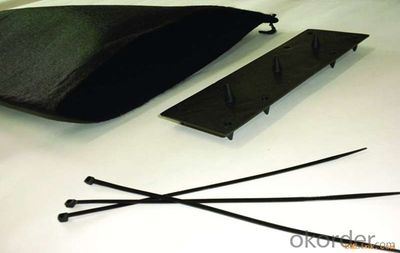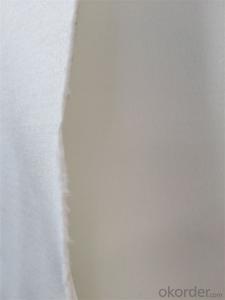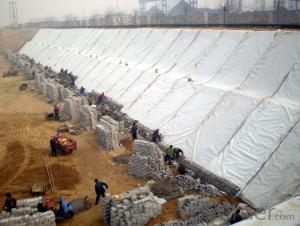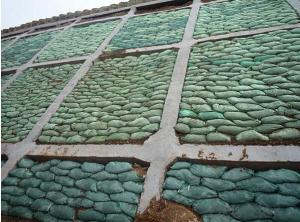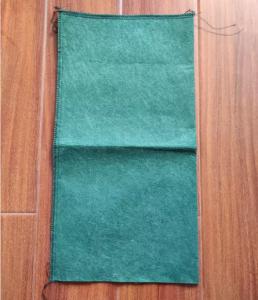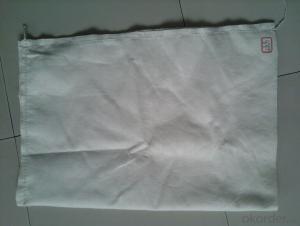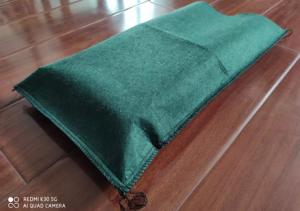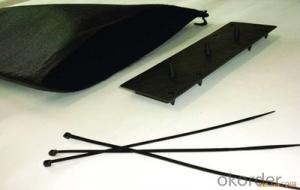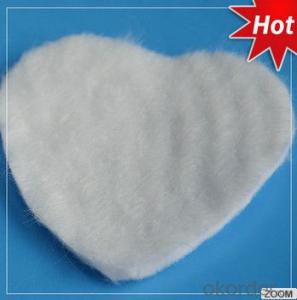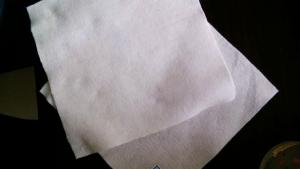Nonwoven Geo Bags Used in Embankment Protection
- Loading Port:
- Qingdao
- Payment Terms:
- TT OR LC
- Min Order Qty:
- 30000 pc
- Supply Capability:
- 500000 pc/month
OKorder Service Pledge
OKorder Financial Service
You Might Also Like
Description Of Nonwoven Geo Bags
Made by polyester(PET) or polyproplence(PP)fiber as the raw material,making double sides ironed and pressed needle-punched non-woven geotextile through the spun bonded technology,and then processed to bag with specified dimension, and tnen spray seeds which are suitable for local climate, form a new product which could restore or create a new ecosystem.
Main Features of Nonwoven Geo Bags
1. With uv resistance,
2. Strong corrosion resistance,
3. Resistance to microbes,
4. Anti-aging and easy to plant growth,
5. Not adapt to the environment of strong, material degradation, good stability,
6. Non-toxic, not combustion, crack extension.
Specifications of Nonwoven Geo Bags
1,) Plane size range: (can be made according to the requirements of the design and engineering)
2,) Cloth gram weight range: 100g/m2~500g/m2
3,) Tensile strength : ≥4.5kn/m
4,) Elongation at break: ≥40‰
Specification | 110GSM | 130GSM | 150GSM | 300GSM | 450GSM |
Breaking strength KN/M≥ | 6 | 10 | 12 | 19 | 25 |
Elongation at break ≥ | 60% | 60% | 60% | 60% | 60% |
CBR Mullen Burst Strength KN ≥ | 1.2 | 1.4 | 1.5 | 3.1 | 3.8 |
Nonwoven Geo Bags Images
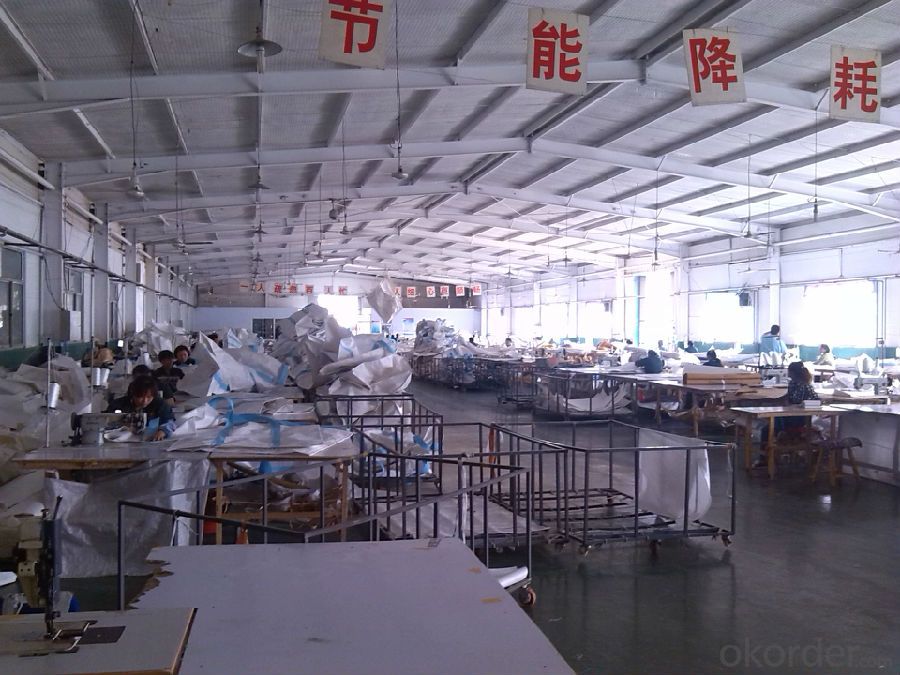
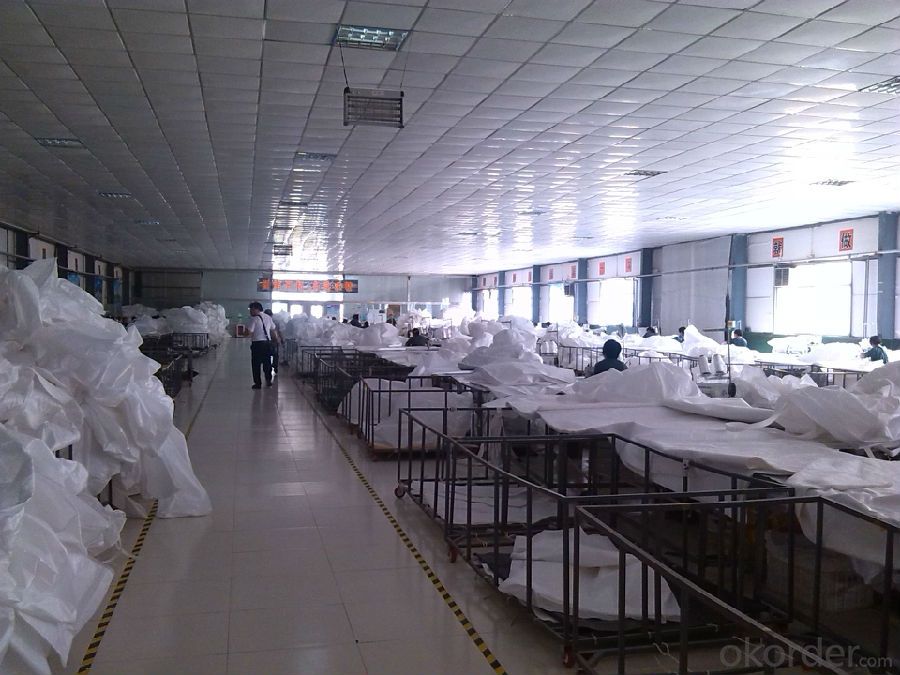
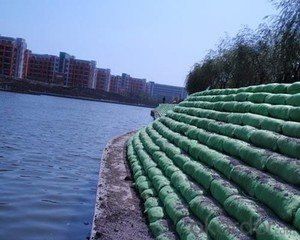
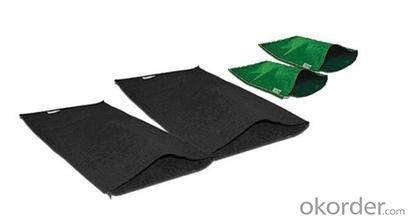
FAQ
1. Do you supply free samples for customers?
Yes,we will supply free samples for you.Please send your address for us.
2. How Many years experience do you have?
We have been exported to more than 20 countries in the past 15 years.
3. How long do we usually reply your request?
We always reply our customer within 24 hours.
- Q: What are the cost considerations for geotextile applications?
- The cost considerations for geotextile applications include the initial cost of the geotextile material, installation costs, maintenance and replacement costs, and the potential long-term cost savings. Additionally, the type and quality of the geotextile, site conditions, and project specifications can also impact the overall cost of geotextile applications.
- Q: Do you have a drainage board and a geotextile on the basement roof?
- Hello, generally do not require re-test Huazhi geotextile materials, manufacturers need to answer for your needs
- Q: After the laying of drainage board and then need to lay a layer of geotextile it?
- Yes, from the role of filtration, over the water, but to prevent clogging, I professional production
- Q: In ANSYS, geotextile what unit to simulate it?
- The use of shell units is relatively more reasonable.
- Q: Can geotextiles be used in geotechnical engineering projects?
- Yes, geotextiles can be used in geotechnical engineering projects. Geotextiles are engineered fabrics that are commonly used to reinforce soil, separate different soil layers, and provide filtration and drainage in various geotechnical applications. They can improve the stability, strength, and performance of soil structures, such as retaining walls, embankments, and roadways, by effectively managing water flow and soil interactions.
- Q: How do geotextiles contribute to soil stabilization?
- Geotextiles contribute to soil stabilization by providing a barrier that prevents soil erosion, while still allowing water to drain through. They distribute the weight of the load evenly, reducing the chances of soil compaction and settling. Additionally, geotextiles help in reinforcing the soil, increasing its shear strength and stability.
- Q: What glue can clay stickers glue?
- Geotextiles generally do not need to glue glue, because the geotextile is made of polyester staple fiber acupuncture, the product itself has a lot of small pores, the use of glue bonding not only a waste of glue, bonding effect is not good. Geotextile in the project is generally used in the hand-type sewing machine suture, suture geotextile not only glue glue than the geotextile solid and reliable, and the construction of geotextile suture is also much higher than the construction of glue with geotextile Speed, while the cost of sewing geotextile is also much lower than the cost of glue bonding geotextile. Generally in the project to play the effect of impervious geomembrane, composite geomembrane (also known as composite geotextile) can use glue bonding. Adhesive glue can be purchased in the geomembrane manufacturer, of course, you can also buy in the local building materials market, waterproof plastic or KS geomembrane special glue. These two glue can also be used to bond geotextiles.
- Q: Geotextile mouth chain suture is what kind of picture
- Hello I am a professional geotextile and other geotextile materials,
- Q: Construction of composite geotextile
- Geotextile as a protective layer of geomembrane, so that the protection of impermeable layer from damage. In order to reduce the UV radiation, increase the anti-aging properties, it is best to use the laying method. Construction, the first use of smaller diameter sand or clay to find the base surface, and then laying geomembrane. Geomembrane should not be stretched too tight, buried at both ends of the soil part of the corrugated, and finally in the shop on the geomembrane with a fine sand or clay shop layer of 10cm or so excessive layer. Puzzle 20-30cm stone (or concrete prefabricated block) for the anti-Chong protective layer. Construction, should try to avoid the stones directly hit the geomembrane, the best side of the film side of the protective layer of the construction. Composite geomembrane and the surrounding structure should be connected with expansion bolts and steel plate pressure bar anchorage, the connection site to brush the emulsion asphalt (2mm thick) bonding, to prevent the occurrence of leakage.
- Q: Where to find the right geotextile
- Geotextile types are many, according to the manufacturing process of spinning, woven, woven, according to the material is divided into filaments, short wire and so on, if the most suitable geotextile should be the project requirements are not very strict , Generally like building coverage, road maintenance, etc., like this price is generally around 0.5 angle
Send your message to us
Nonwoven Geo Bags Used in Embankment Protection
- Loading Port:
- Qingdao
- Payment Terms:
- TT OR LC
- Min Order Qty:
- 30000 pc
- Supply Capability:
- 500000 pc/month
OKorder Service Pledge
OKorder Financial Service
Similar products
Hot products
Hot Searches
Related keywords
